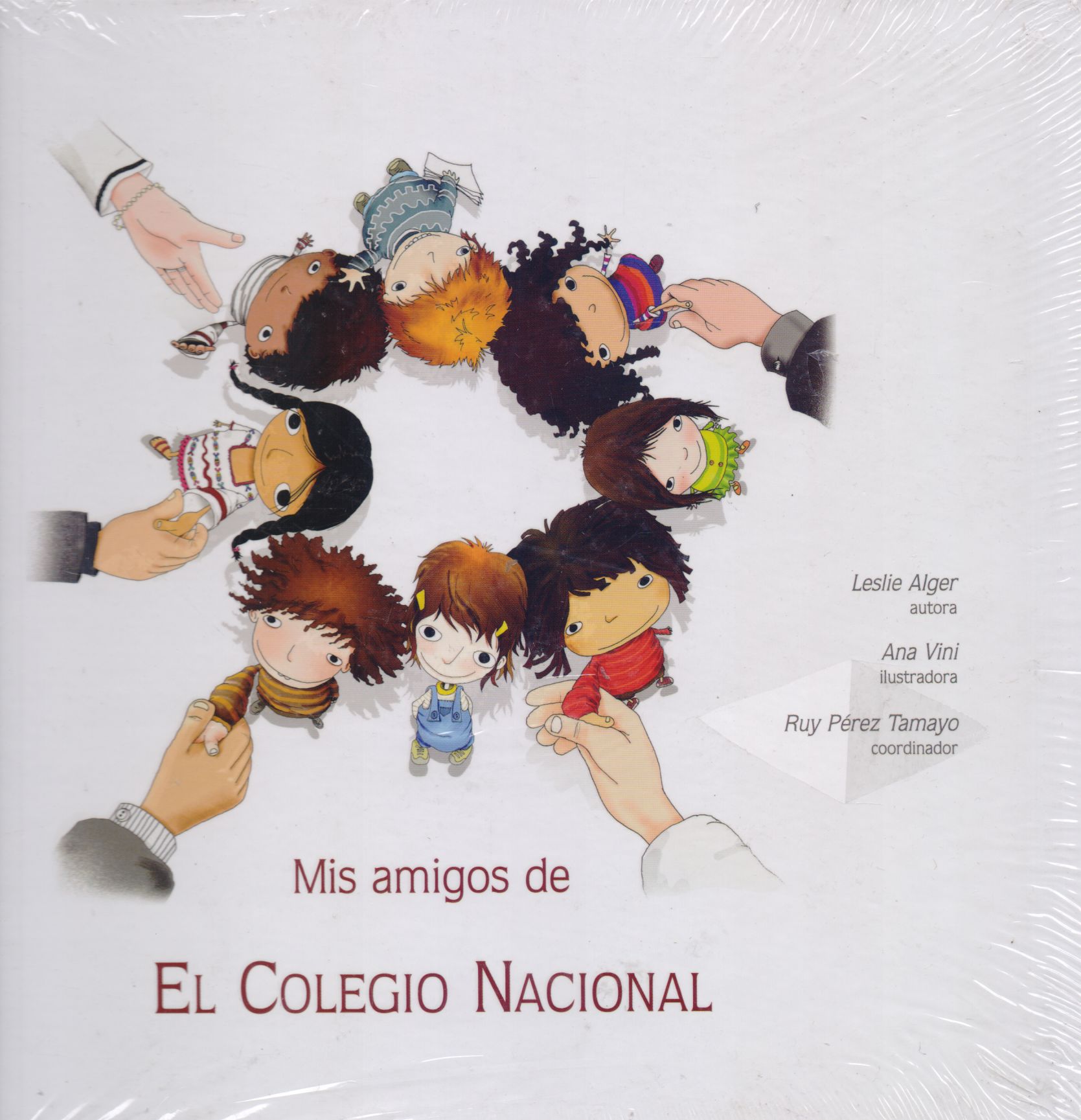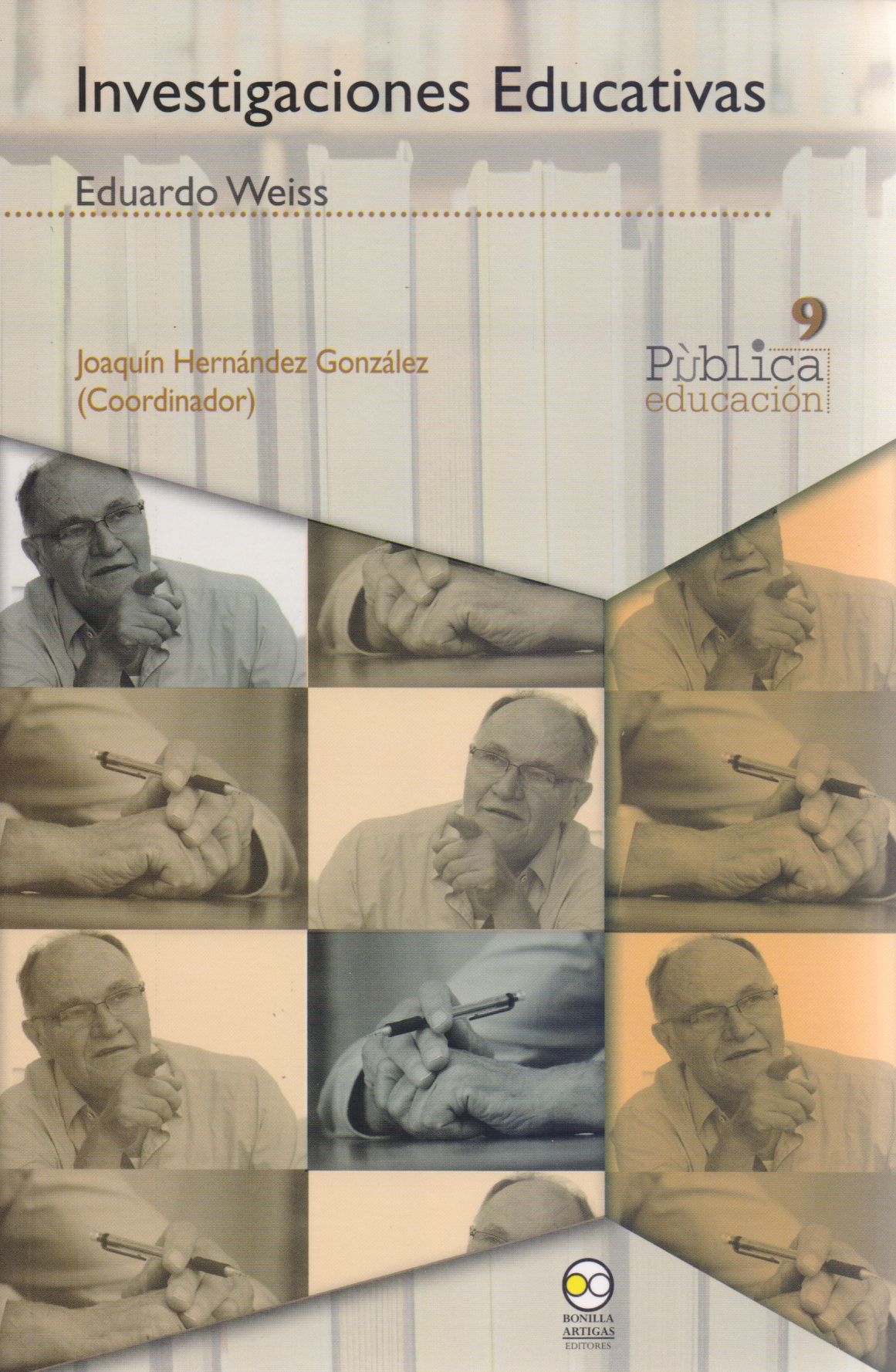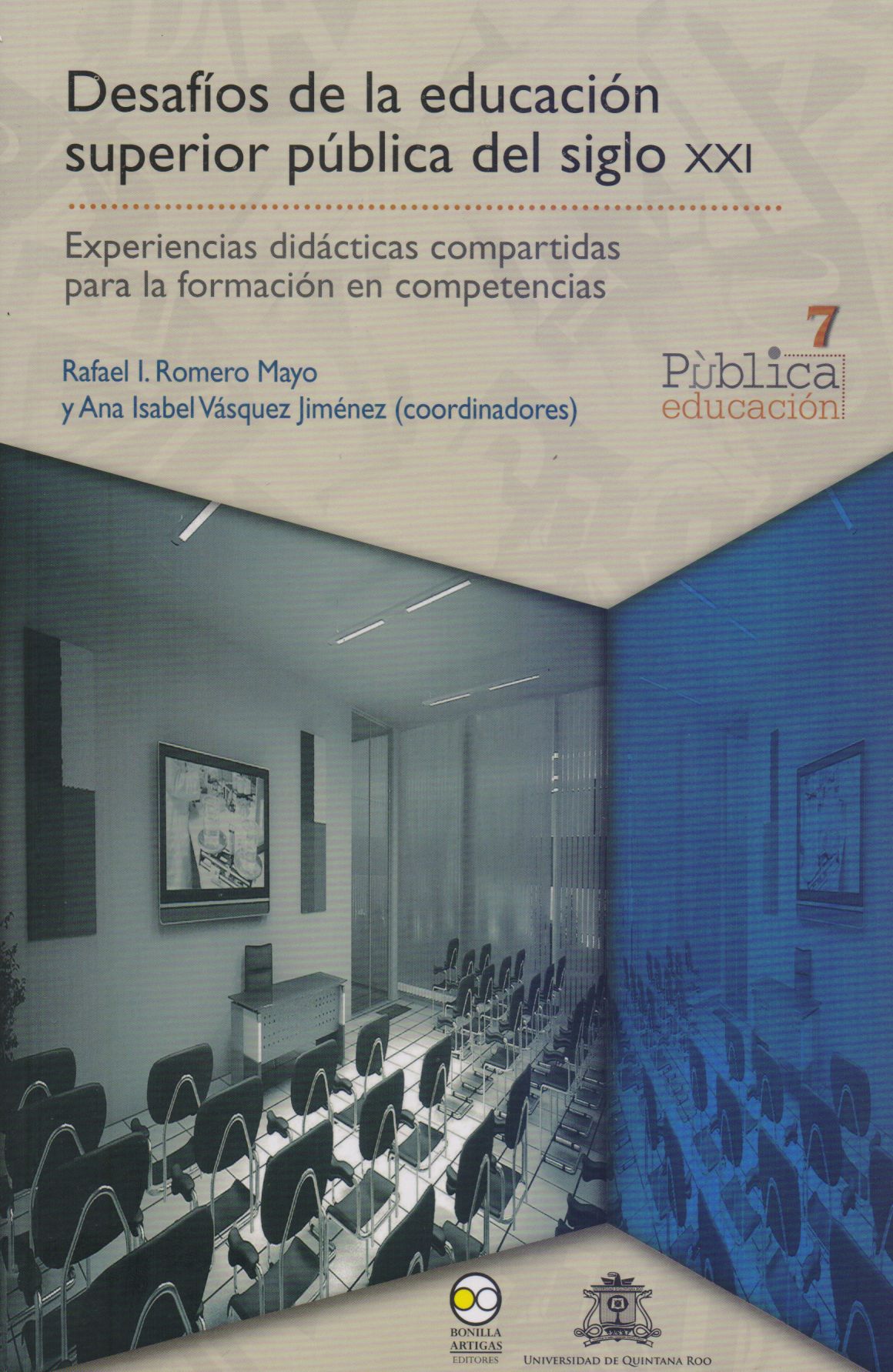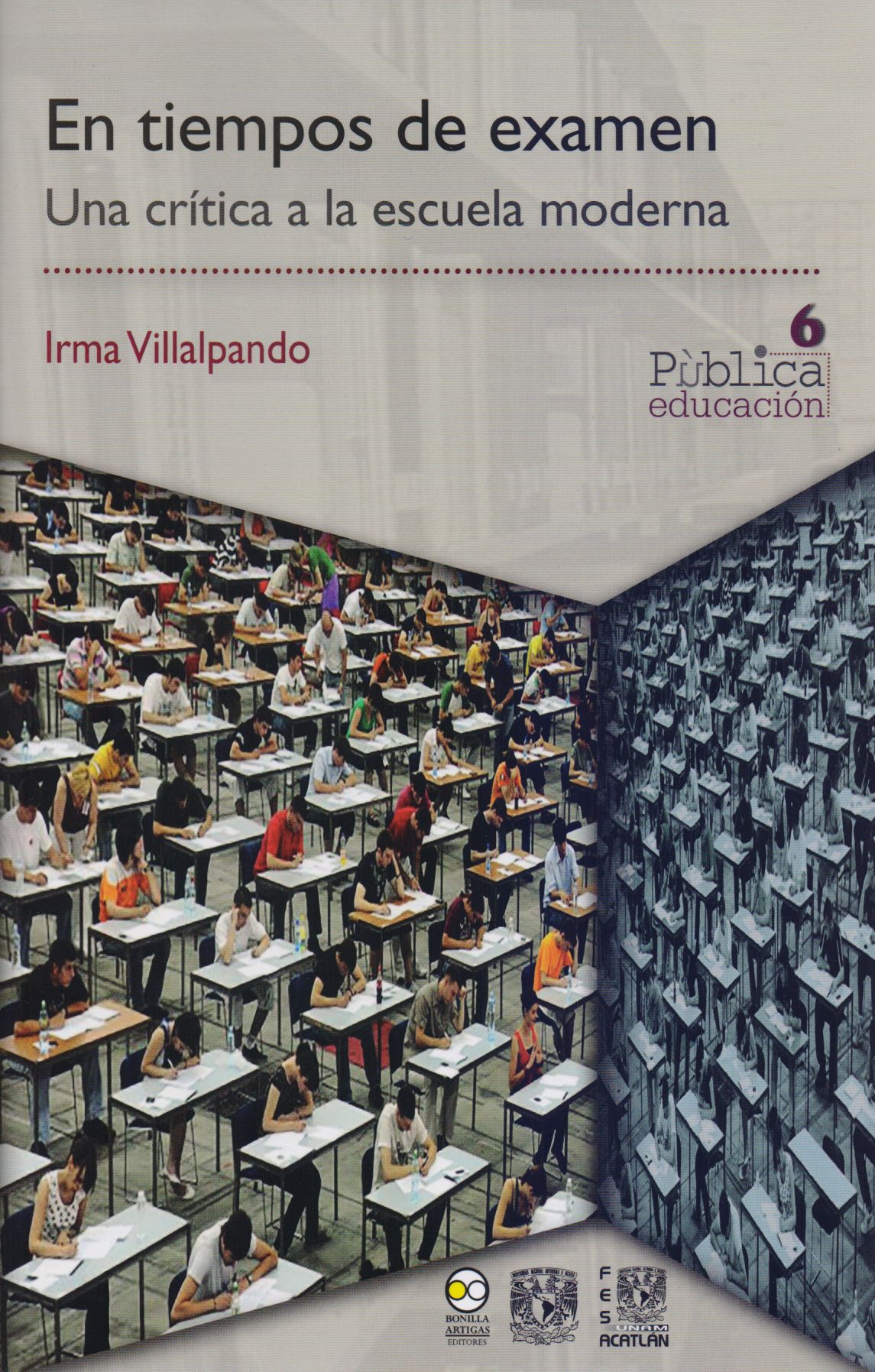Libros relacionados
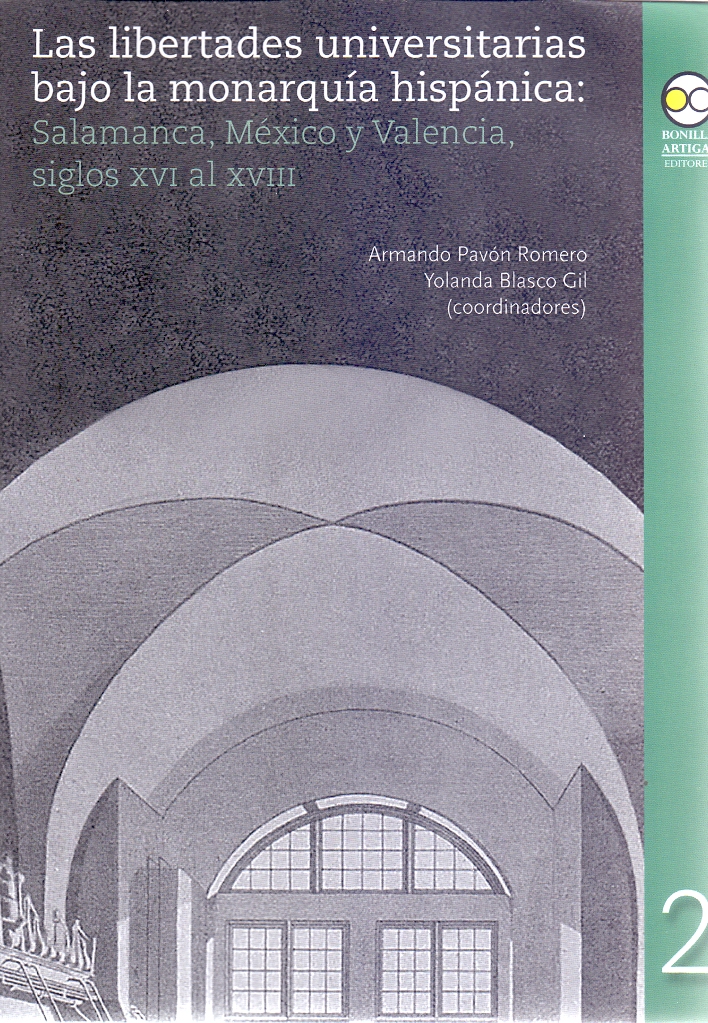 |
Libertades Universitarias Bajo la Monarquía Hispánica, Las: Salamanca, México Y Pavón Romero, Armando; Blasco Gil, Yolanda Bonilla Artigas Editores |
 |
El Currículo y el Desarrollo del Pensamiento Crítico. El Seminario de Formación Viniegra Velázquez, Leonardo Bonilla Artigas Editores |
 |
Gobernanza de la Educación Media Superior: Propuestas de Intervención Hernández Alcántara, Carlos ; Alvarado Rodríguez, María Euge Bonilla Artigas Editores |
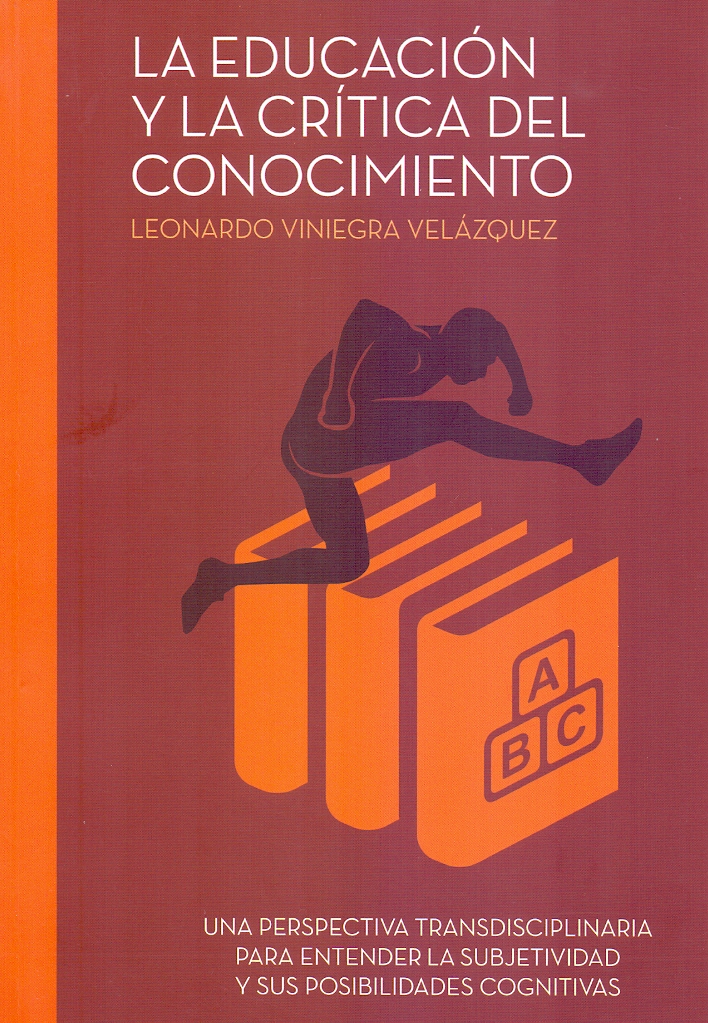 |
Educación y la Crítica del Conocimiento, La Viniegra Vélazquez, Leonardo Hospital Infantiil de México-Federico Gómez |
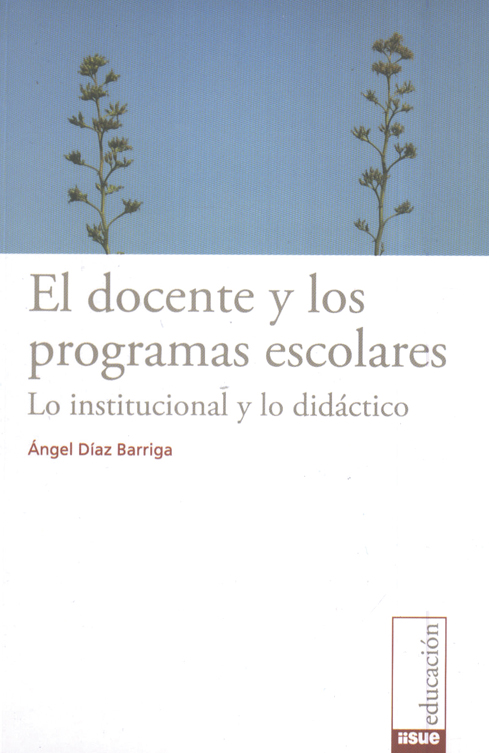 |
Docente y los Programas Escolares, El: Lo Institucional y Lo Didáctico Díaz Barriga, Ángel Bonilla Artigas Editores |
 |
Capacidad Crítica del Estudiante Universitario. La Importancia de la Formación E Glazman Nowalski, Raquel Bonilla Artigas Editores |
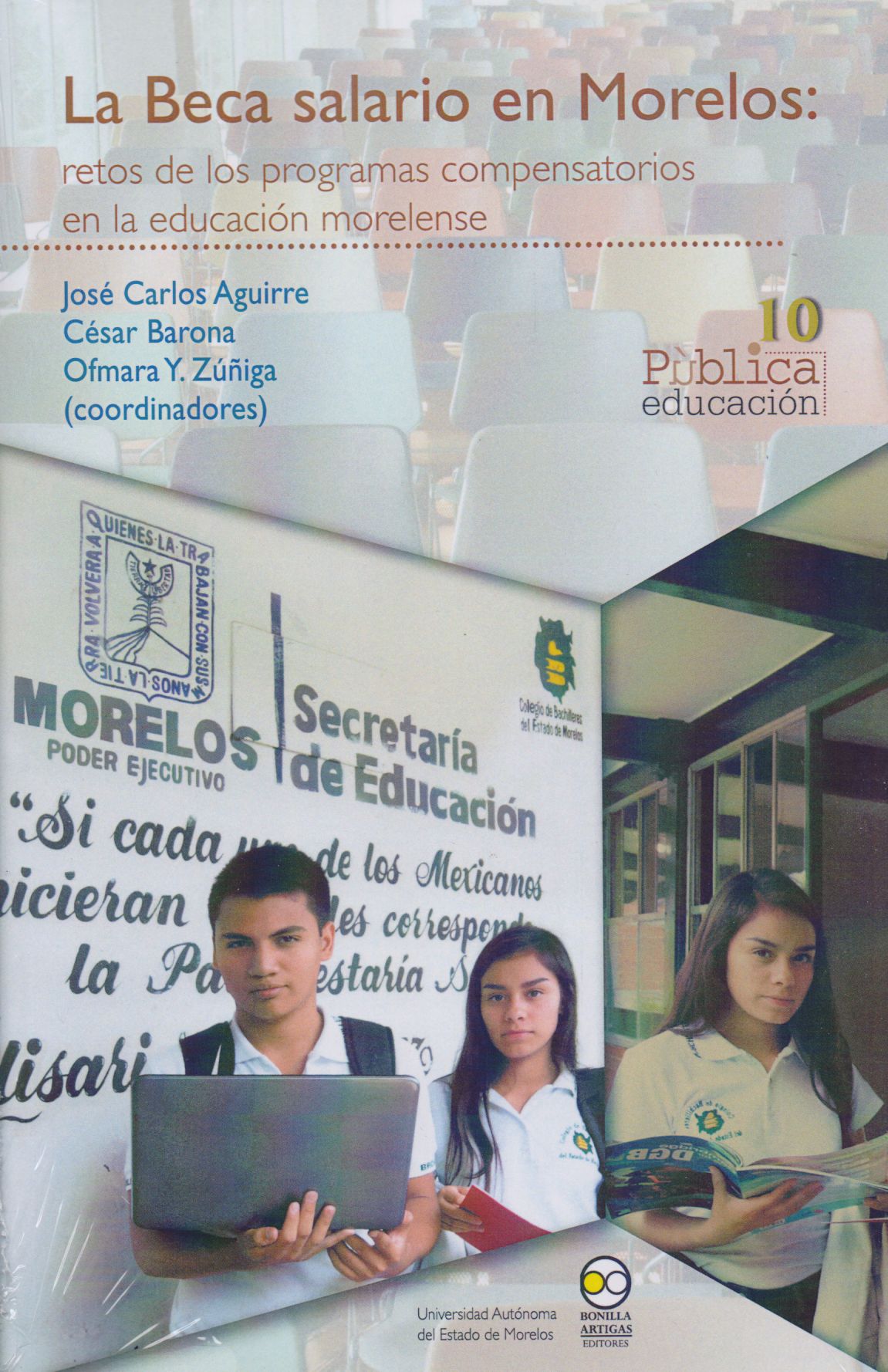 |
Beca Salario en Morelos, La: Retos de los Programas Compensatorios en la Educaci Carlos Aguirre, José Bonilla Artigas Editores |
 |
Educación Laica en México, La: Estudios en Torno a Sus Orígenes Arredondo, Adelina (Coordinadora) Bonilla Artigas Editores |


|
Título: Race Between Education And Technology. The | |
| Autor: Goldin Claudia/ Katz Lawrence | Precio: $480.00 | |
| Editorial: Belknap Harvard | Año: 2008 | |
| Tema: Ciencia, Educación, Tecnologia | Edición: 1ª | |
| Sinopsis | ISBN: 9780674028678 | |
| This book provides a careful historical analysis of the co-evolution of educational attainment and the wage structure in the United States through the twentieth century. The authors propose that the twentieth century was not only the American Century but also the Human Capital Century. That is, the American educational system is what made America the richest nation in the world. Its educational system had always been less elite than that of most European nations. By 1900 the U.S. had begun to educate its masses at the secondary level, not just in the primary schools that had remarkable success in the nineteenth century.
The book argues that technological change, education, and inequality have been involved in a kind of race. During the first eight decades of the twentieth century, the increase of educated workers was higher than the demand for them. This had the effect of boosting income for most people and lowering inequality. However, the reverse has been true since about 1980. This educational slow-down was accompanied by rising inequality. The authors discuss the complex reasons for this, and what might be done to ameliorate it. |
||
Librería Bonilla SA de CV © Todos los derechos reservados. 2019
Última actualización: Jul 2019



